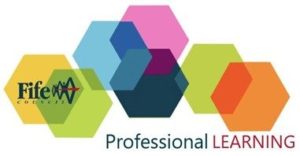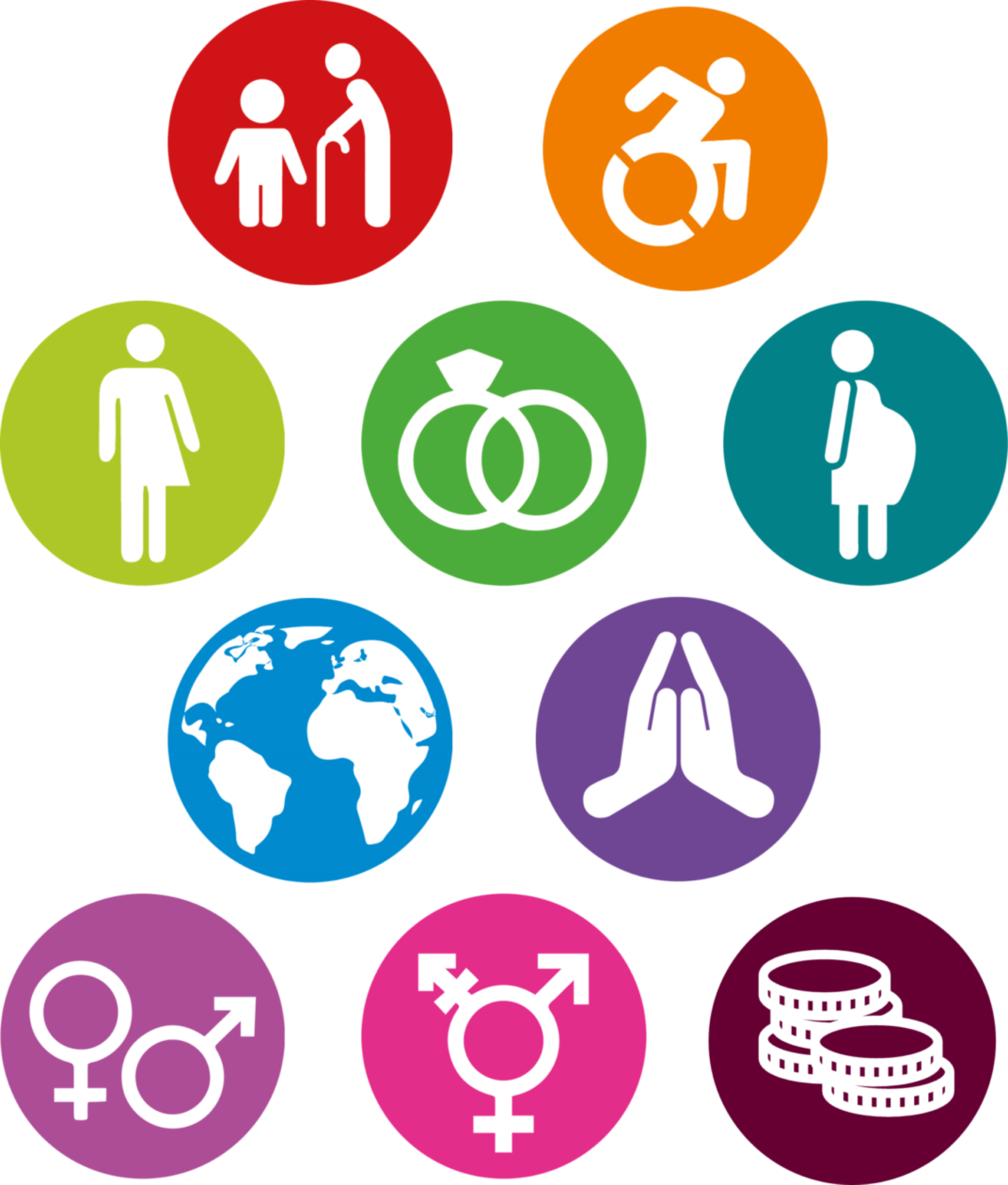When creating groups for learning activities or for broader organisational purposes, the protected characteristics should never be used as grouping criteria. It is crucial that all activities, including organisational habits, are inclusive.
Groups for academic tasks should be flexible and fluid with a balance of teacher versus child/young person chosen groups, as well as a balance of ability versus mixed-ability groupings used regularly. This approach has pedagogical benefits as well as being inclusive.
For example:
In the classroom, make sure that young people are not singled out because of one of the protected characteristics. For example, do not separate boys or girls into groups for activities (including lines to move around the school) or make a seating plan that goes boy, girl, boy, girl. Enable seating to allow a child in a wheelchair to sit beside friends and not on an isolated table.
Within PE, settings must encourage diversity and choice when it comes to social dancing by allowing students to pick who they dance with regardless of gender, race, sexuality or any other Protected Characteristic.
In social or free play areas, it is good to keep an eye on how people are being treated and if there are any issues with disrespect towards any of the protected characteristics. Try and check in with pupils and other staff members often to ensure that nobody is being singled out or just left out because of these things.
adapted from: INCLUDE: Northern Alliance


